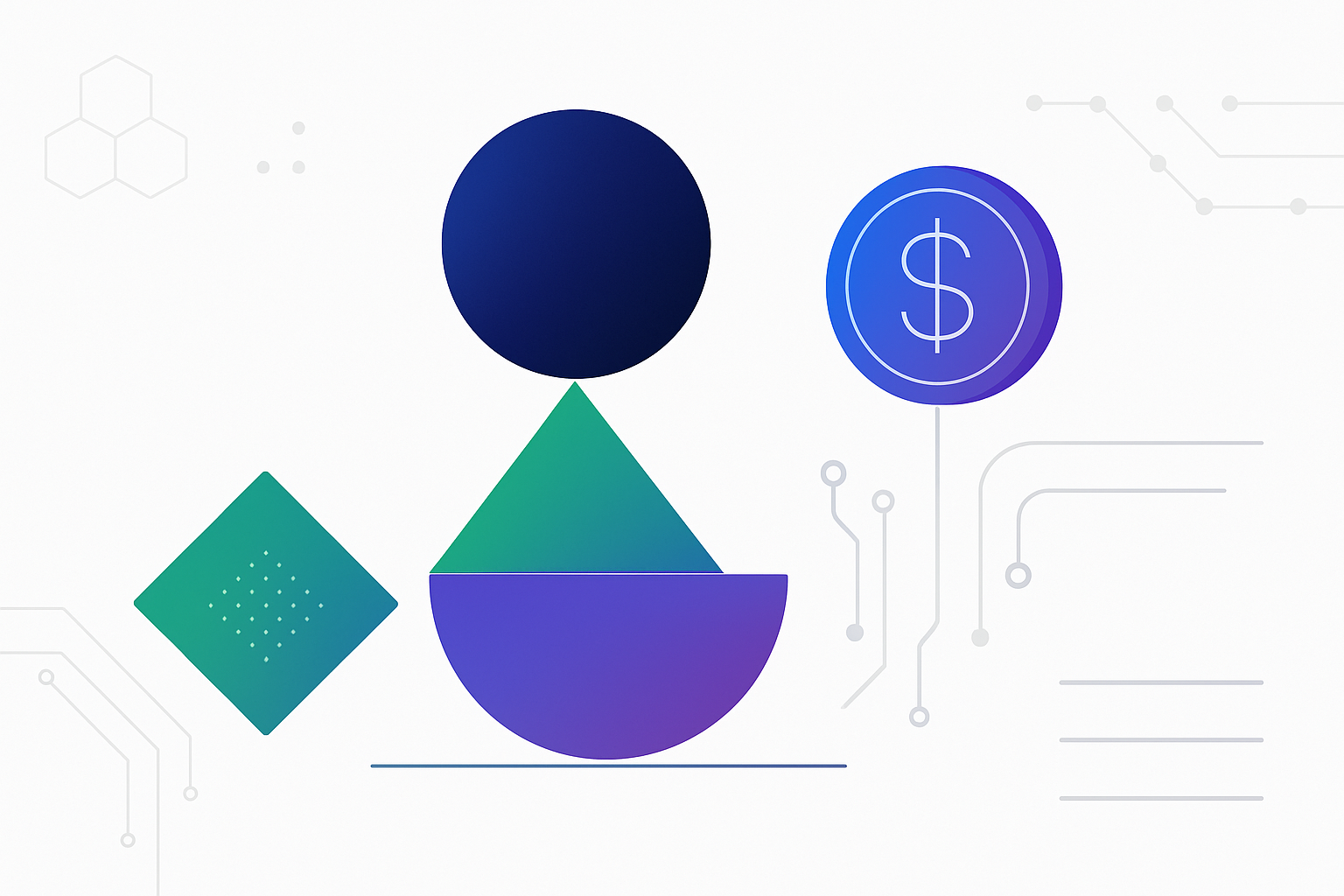
Restaking is quietly reshaping the modular blockchain landscape, and nowhere is this more apparent than in the emerging agent economy and the x402 micropayment meta. As of October 2025, with Ethereum (ETH) trading at $4,070.72, EigenLayer’s restaking protocol has become a foundational layer for programmable security coordination, powering everything from decentralized AI agents to cross-chain payments. But how exactly does EigenLayer restaking enable this new paradigm of verifiable compute and trustless agent interactions?
Restaking for DA Layers: The Engine Behind Verifiable Agents
The agent economy describes a world where autonomous agents, software entities capable of independent action, can transact, negotiate, and collaborate with minimal human oversight. This vision hinges on two pillars: security and verifiability. EigenLayer’s restaking model extends Ethereum’s security guarantees to a new generation of decentralized applications (dApps), including those built atop data availability (DA) layers like Celestia or modular stacks integrating blobspace restaking.
By allowing users to restake their already-staked ETH, EigenLayer creates a shared pool of cryptoeconomic security that can be tapped by Actively Validated Services (AVSs). These AVSs are the backbone of verifiable compute, services where every step, from an AI agent’s input to its inference and output, can be cryptographically validated onchain. For developers building on the agent economy x402 standard, this means agents are no longer black boxes but auditable participants in a global digital marketplace.
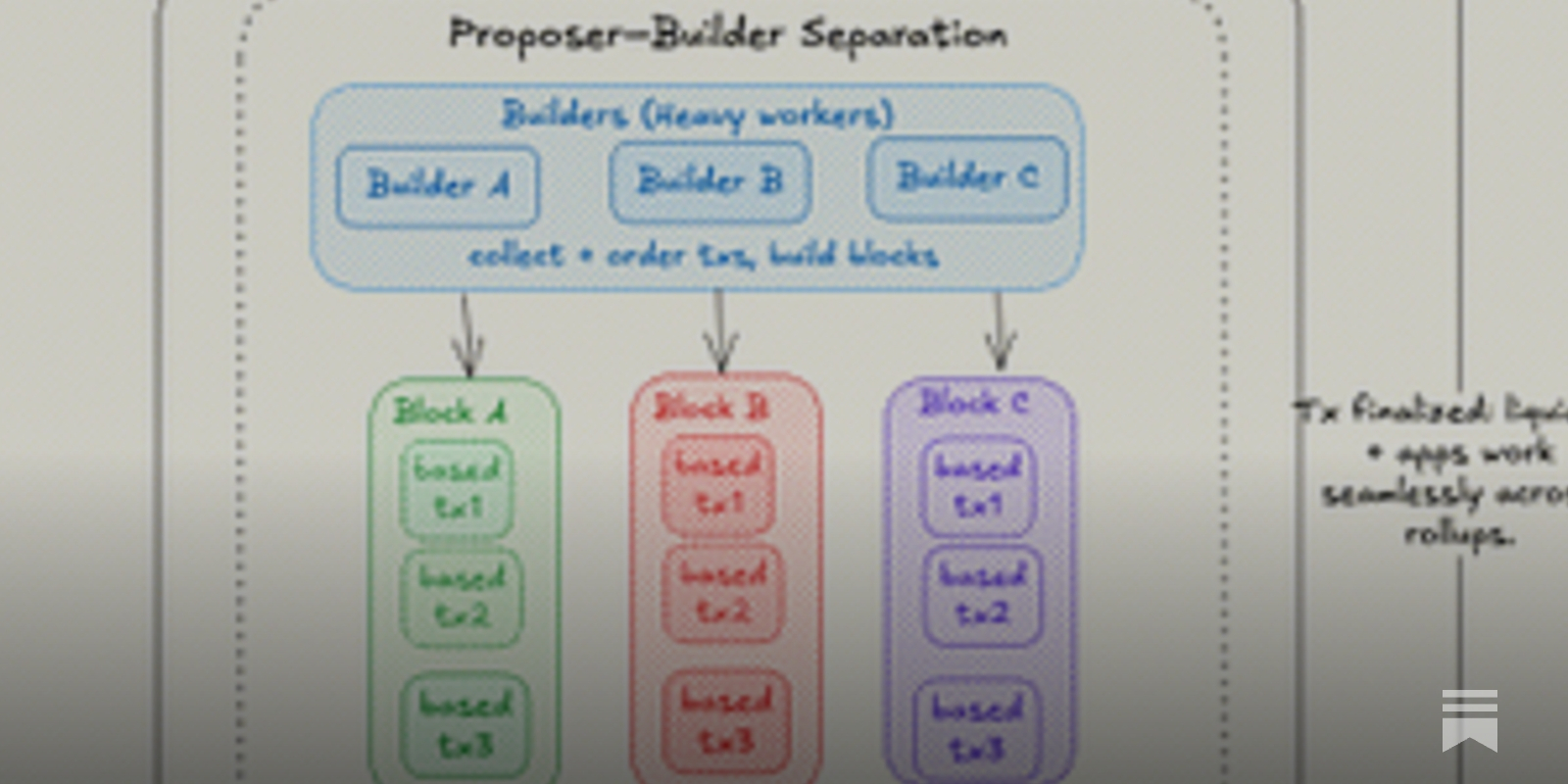
x402 Micropayments: Enabling Trustless Agent Commerce at Scale
The introduction of the x402 micropayment standard is a watershed moment for agent-to-agent (A2A) economies. Designed for blockchain-agnostic interoperability, x402 enables seamless microtransactions between AI agents, whether they’re settling invoices across bank rails or exchanging services within decentralized marketplaces. But frictionless payments demand more than just speed; they require programmable trust.
This is where EigenLayer shines. By underpinning x402 transactions with its robust restaking mechanism, every payment between agents is anchored in Ethereum’s security model at today’s price point of $4,070.72. This not only deters fraud but also facilitates compliance and verification through platforms like EigenCloud, which acts as a “trust layer” for cross-chain AI payments.
EigenCloud and Onchain Verifiability: From Black Boxes to Transparent Agents
The recent launch of solutions like EigenAI and EigenCompute underscores the transition from opaque AI processes to transparent, verifiable systems. With Google Cloud tapping into EigenLayer as a settlement backbone for agentic transactions, and industry headlines emphasizing this move, EigenCloud is quickly becoming synonymous with trustless compute stacks.
This shift matters because it transforms not just how we pay machines but how we trust them. Whether it’s verifying an inference made by an onchain AI or tracing the data supply chain behind an autonomous service provider, programmable security coordination becomes possible only when restaked assets secure every layer, from DA blobs to execution environments.
- Programmable Security: Developers can customize slashing conditions and rewards based on real-world outcomes.
- Cross-Chain Interoperability: AVSs can serve multiple blockchains while maintaining unified economic security.
- Airdrop Meta: Early adopters benefit from both yield opportunities and enhanced protocol utility, a dynamic explored in depth by leading analysts (read more here).
The Road Ahead: Modular Security for Autonomous Markets
The convergence of blobspace restaking with verifiable compute unlocks new frontiers for DA layers and modular blockchain security. As AVSs proliferate across ecosystems like Celestia and beyond, expect EigenLayer’s approach to programmable trust, and its synergy with standards like x402, to become even more central in scaling autonomous marketplaces securely at today’s ETH price levels.
What’s unfolding is a redefinition of how digital agents interact, transact, and verify in real time. The modular architecture that EigenLayer enables isn’t just about scaling throughput or reducing costs; it’s about embedding programmable trust directly into the fabric of agentic commerce. This is particularly crucial as the agent economy accelerates, with AI-driven services demanding both rapid settlement and ironclad verification.
With EigenCloud now positioned as a verifiable backbone, thanks to integrations with giants like Google Cloud, developers can orchestrate onchain AI agents whose every action is transparent and accountable. The implications run deep: from decentralized marketplaces where autonomous bots negotiate prices, to cross-chain payments settled instantly by agents leveraging the x402 standard, all secured by Ethereum’s restaked assets at $4,070.72.
Blobspace Restaking: Scaling Data Availability for Autonomous Agents
The proliferation of AVSs and agent-based protocols puts new demands on data availability (DA) infrastructure. Here, blobspace restaking emerges as a critical lever. By allowing stakers to secure not just execution but also DA layers like Celestia, EigenLayer creates an environment where high-throughput agent interactions remain both cost-effective and secure.
- Verifiable Compute: Every inference or transaction by an AI agent can be independently validated onchain.
- Unified Security Pool: Restaked ETH supports a wide range of services, compute, DA, compliance, without fragmenting incentives or security guarantees.
- Diversified Yield: Stakers benefit from multiple revenue streams as their restaked assets underpin everything from micropayments to verifiable compute jobs.
This holistic approach to restaking for DA layers ensures that as agent economies grow more complex, with cross-chain settlements and multi-agent coordination, the underlying security remains robust and adaptable. The result? A programmable trustless compute stack that can scale with demand without sacrificing integrity or transparency.
Key Benefits of EigenLayer Restaking for DA Layers and x402 Meta
-
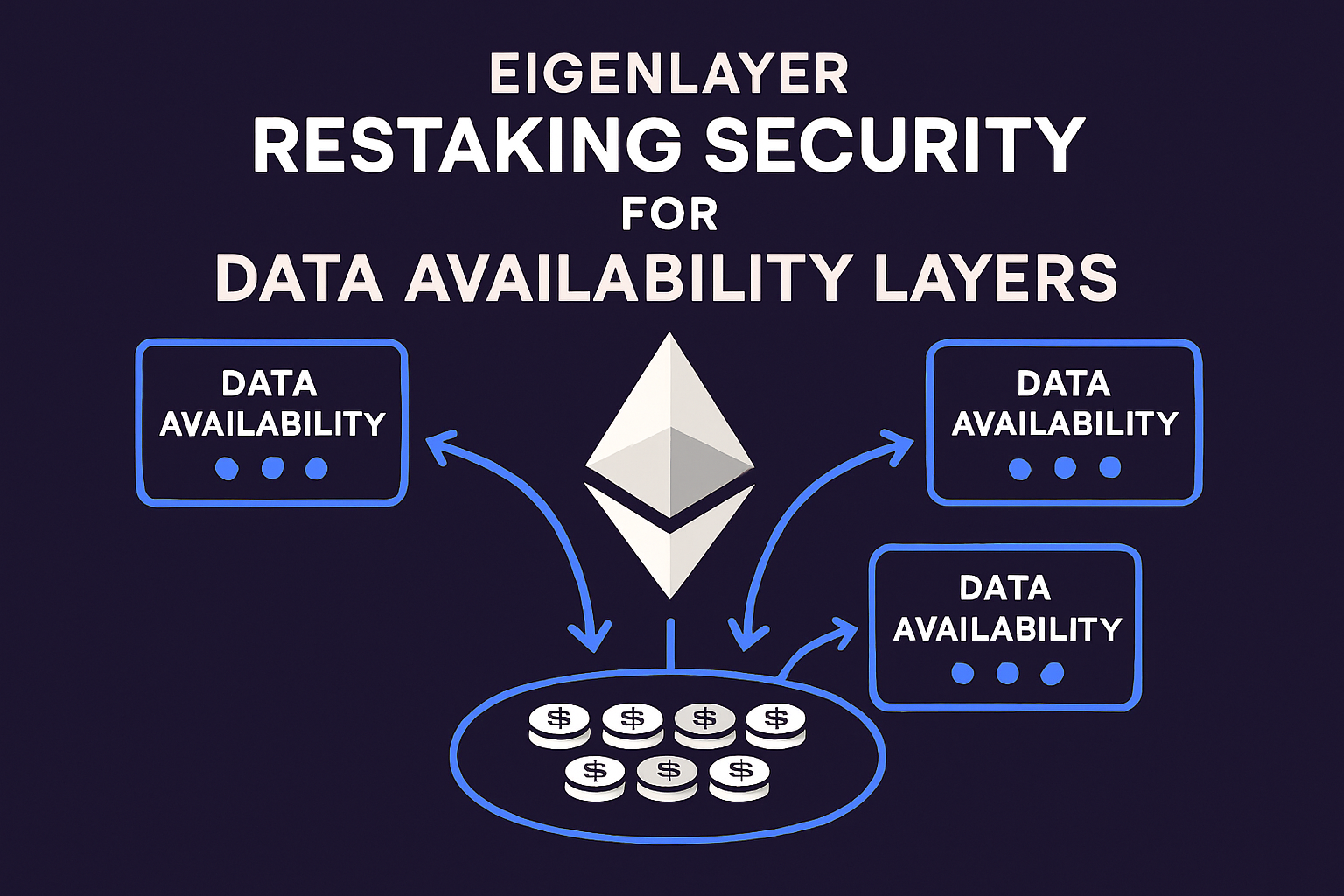
Enhanced Security for DA Layers: By enabling users to restake their ETH (currently priced at $4,070.72), EigenLayer extends Ethereum’s robust security model to data availability (DA) layers and decentralized applications, ensuring that agent-based transactions are protected by a proven, decentralized trust layer.
-
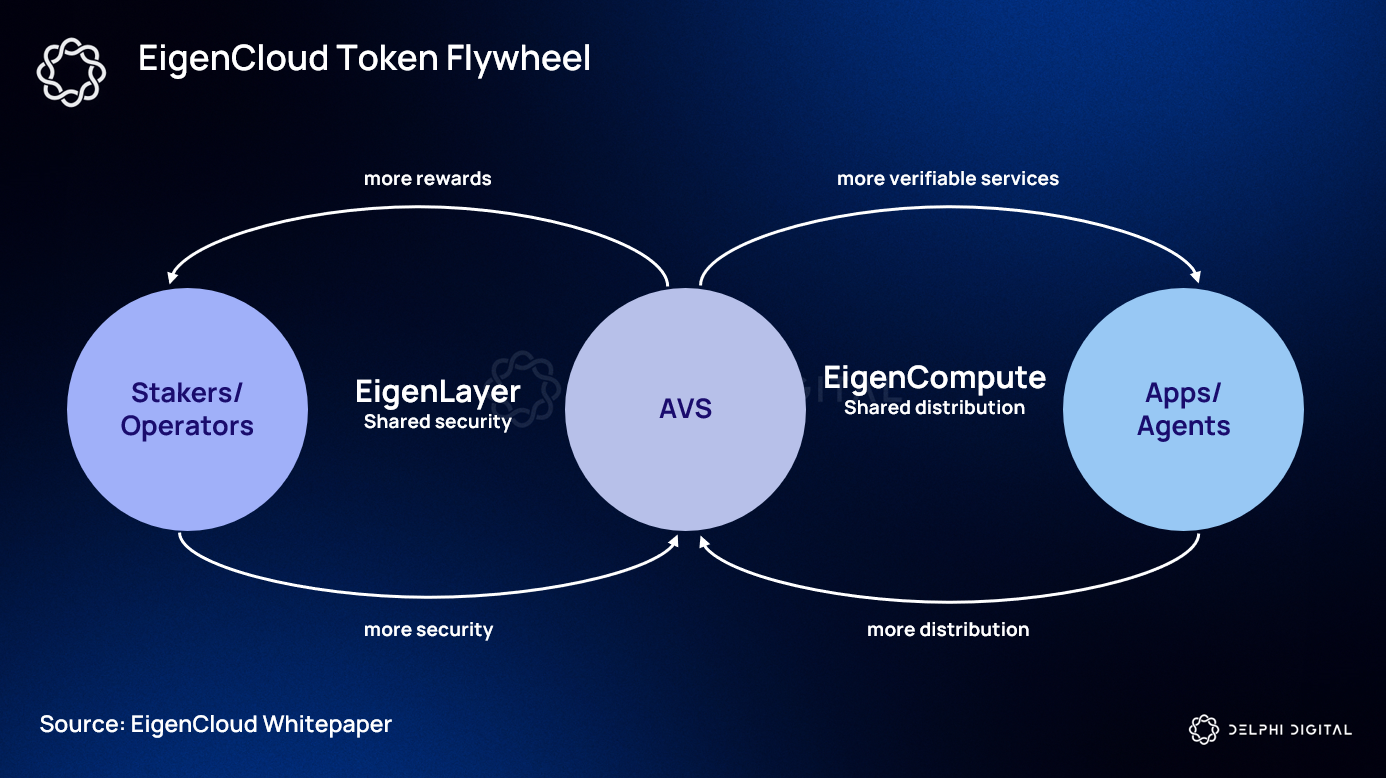
Verifiable Infrastructure for the Agent Economy: EigenCloud, built on EigenLayer, provides a verifiable foundation for AI agents to interact, authenticate, and transact. This ensures that every step—inputs, inference, outputs, and data supply chain—is cryptographically verifiable, fostering transparency and trust in agent-to-agent (A2A) interactions.
-

Seamless Micropayments with x402 Standard: EigenLayer supports the x402 micropayment protocol, allowing autonomous agents to make secure, blockchain-agnostic micropayments. This unlocks efficient compensation and service discovery between AI agents, fueling the growth of the agent economy.
-
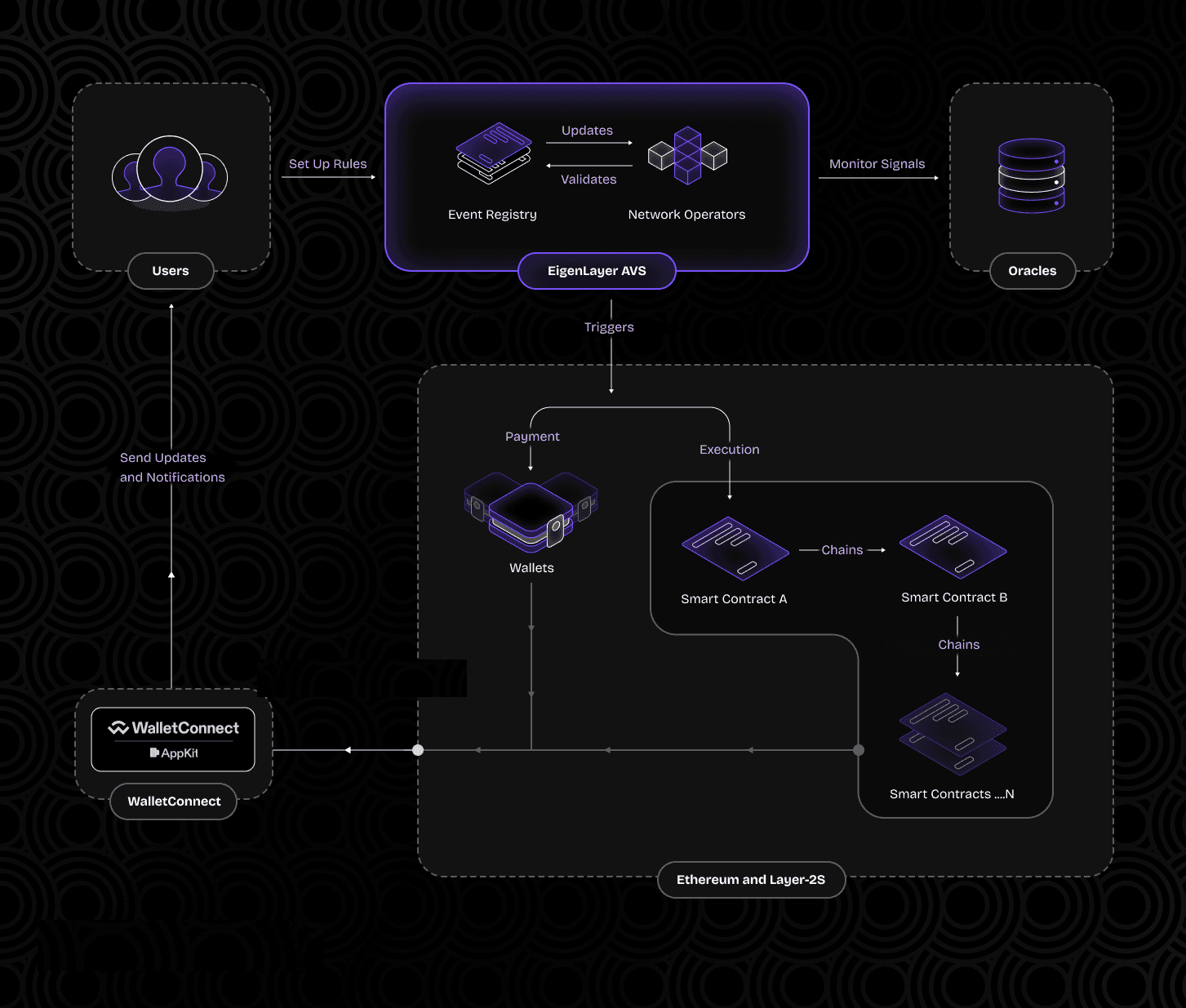
Scalability and Flexibility for Developers: Through Actively Validated Services (AVSs), EigenLayer enables developers to build scalable, high-security decentralized services tailored for the agent economy, such as autonomous marketplaces and verifiable AI applications.
-
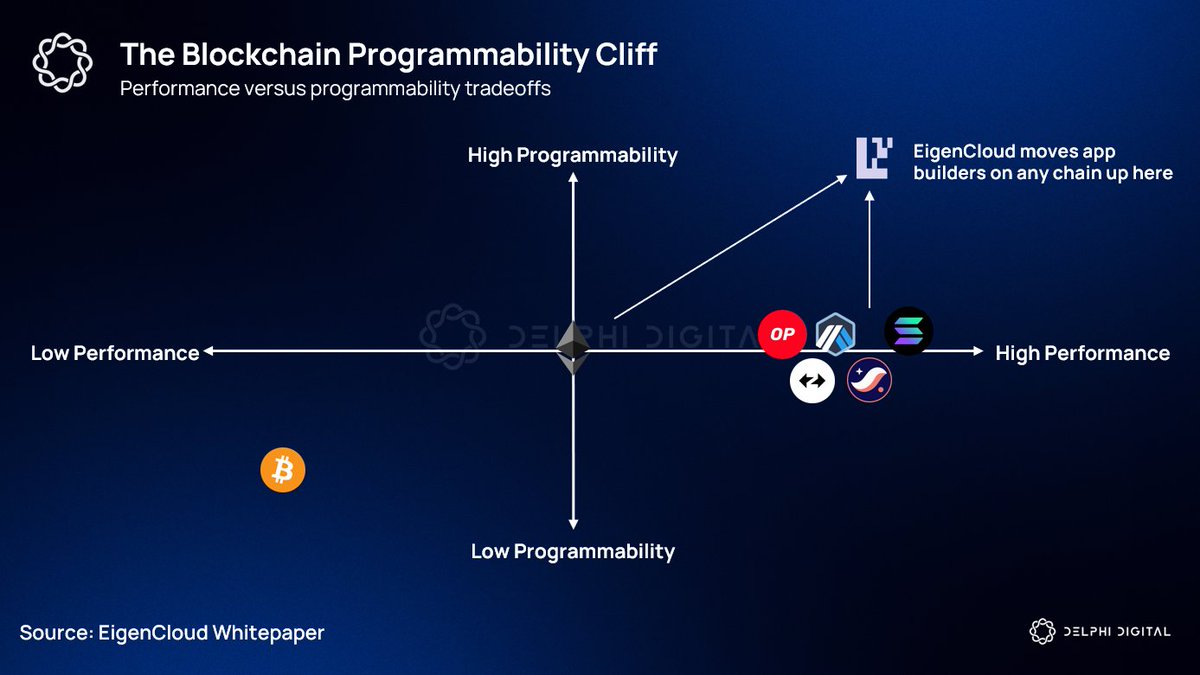
Compliance and Cross-Chain Interoperability: With solutions like AP2 and partnerships (e.g., Google Cloud), EigenLayer facilitates compliant, cross-chain agent payments and settlements, making it easier for the agent economy to interact across different blockchains and traditional payment rails.
Looking Forward: Programmable Security Coordination in Action
The x402 meta is more than a technical upgrade; it’s a catalyst for new forms of economic coordination among autonomous agents. As standards like x402 gain traction, and as platforms like EigenCloud make every step verifiable, the boundaries between human-driven and machine-driven commerce blur further. What remains constant is the need for programmable security coordination at every layer.
For builders, investors, and enthusiasts watching ETH hold steady at $4,070.72, the message is clear: restaking is no longer just a yield strategy, it’s the connective tissue powering secure, scalable agent economies across modular blockchain ecosystems. Those who understand how to leverage these primitives will be best positioned for the next phase of decentralized innovation.
If you want to dive deeper into how EigenLayer restaking secures decentralized AI compute stacks, including detailed looks at EigenAI and EigenCompute, check out this comprehensive analysis: how EigenLayer restaking is powering decentralized AI compute.






